brazilian pepper tree uses
Institute of Food and Agricultural Sciences Extension. Its uses have ranged from treating ulcers and wounds to preventing respiratory and urinary tract infections.
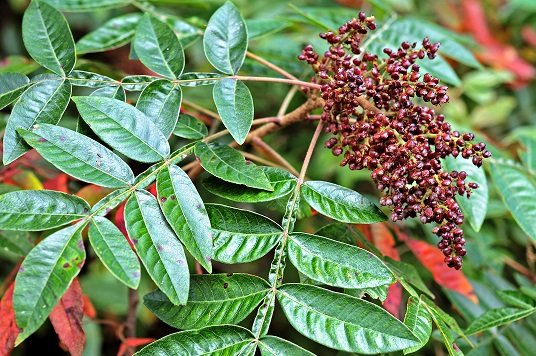
Could It Be A Brazilian Pepper Tree Uf Ifas Extension Pinellas County
The folk medicine uses of pepper tree are many and include relief from symptoms of ulcers respiratory concerns diarrhea and skin concerns.
. I cleared a lot of pepper trees out to plant some new trees citrus peach plum apple mango lychee pineapple. The Brazilian Pepper is an attractive medium to large shade tree ideal for use in a patio or garden setting. Its role is more medicinal.
The Brazilian Pepper tree was originally brought into the United States in the mid-1800s but is native to South America particularly in the countries of Brazil and Paraguay. This species is an aggressive woody weed. It is part of the same family that poison ivy poison oak and poison sumac are classified in.
The aromatic sap of the Brazilian pepper tree is similar to poison. My Verdict on Brazilian Pepper Composting. Allspice is the dried unripe berry of Pimenta dioica an evergreen tree in the myrtle family native to the Caribbean regions of the Greater Antilles Mexico and Central AmericaThe dried berries are slightly larger than peppercorns and impart a combination flavor of cinnamon cloves nutmeg and.
Brazilian pepper tree since ancient times has been used as a diuretic and especially for treating tumors. Brazilian Pepper Schinus terebinthefolius. Its bright red berries and brilliant green foliage are used frequently as Christmas decorations.
These are Brazilian pepper tree uses for the body. It produces an abundance of small flowers formed in panicles that bear a great many small flesh-colored berry-like fruits in December and January. 2002 Date of US.
Scientists have discovered that Brazilian. To see pictures of Brazilian Peppertree click here. Traditional folk medicine has asserted that the Brazilian Pepper Tree possesses antibacterial activity which.
Several studies have confirmed Brazilian pepper tree to be toxic against Staphylococcus. The Many Health Benefits of Liquid tincture from the bark is used as a stimulant and tonic. Brazilian pepper tree uses Sunday June 5 2022 Edit.
1 However most contemporary uses of Brazilian pepper tree are focused on its activity against harmful organisms. The Brazilian pepper tree an invasive plant in the southern United States is showing great potential in the fight against antibiotic-resistant bacterial infections. Brazilian peppertree is a shrubby tree with narrow spiky leaves.
South America Hight et al. Brazilian pepper-tree is native to Argentina Paraguay and Brazil. Free Shipping on Qualified Orders.
I am working with a piece of property in East Central Florida that was an old orange grove and was overgrown with Brazilian Pepper trees. Brazilian Pepper Health Uses and Health Benefits. Unlike its relatives the Brazilian Peppertree isnt used to season food.
Electronic Data Information Source - publication. Native to Brazil and right at home in the Southwest homeowners can expect moderate growth from this drought tolerant water wise tree. Easy to care for once established it requires little to.
It displaces native vegetation and rapidly invades. When the wood is burned for cooking or smoking foods the toxic compounds become airborne and can cause severe reactions when they come into contact with eyes and. Can also be used externally by applying to the skin twice daily and letting dry completely.
Related to poison ivy poison oak poison sumac the Brazilian pepper has the potential to cause dermatitis to those with sensitive skin. Its against the law to sell or. Brazilian pepper tree was brought into Florida in mid-1800 for use as an ornamental plant.
1 However most contemporary uses of Brazilian pepper tree are focused on its activity against harmful organisms. Brazilian pepper tree has been used as a remedy for ulcers respiratory problems wounds rheumatism gout diarrhea skin ailments and arthritis as well as to treat tumors and leprosy in folk medicines. Schinus terebinthifolia is a species of flowering plant in the cashew family Anacardiaceae that is native to subtropical and tropical South AmericaCommon names include Brazilian peppertree aroeira rose pepper broadleaved pepper tree wilelaiki or wililaiki Christmasberry tree and Florida holly.
The species name has been very commonly misspelled as terebinthifolius. Take 60 drops 2 ml of a 14 bark tincture extract 2-3 times daily or as needed. The leaves of the plant are often dried to treat urinary tract infections and respiratory.
As a gargle or mouth rinse dilute 60 drops 2 ml in a small amount of warm water and swish in mouth 2. A notable feature of the tree is its tendency to be irritable to the skin. 1840s Hight et al.
The small pink fruits from this tree have been used by traditional Amazonian healers for generations to treat infections and wounds. Traditionally Brazilian pepper has been used in herbal medicine for its natural anti-inflammatory antiseptic and infection-fighting benefits. Regardless of whether you are in need of a campfire to heat food water or simply to keep yourself warm a Brazilian pepper tree would should be only your absolutely last resort.
Nature has a way of breaking down toxins and recycling almost everything into a form plants. Some people have also expressed respiratory problems associated with the bloom period of pepper tree. The two factors that are your friends.
Brazilian peppertree Christmas berry Florida holly broad leaf pepper tree. The species was brought into Florida in mid-1800 for use as an ornamental plant. It grows 4 to 10 m tall with a trunk 25 to 35 cm in diameter.
Once called Florida holly for its bright red berries Brazilian pepper branches were often used as Christmas decorations in Florida. It has been used as a diuretic and for the treatment of tumors. Brazilian Pepper Bonsai Tree.
Now I have piles of brush and I am considering options for their uses. Similar to poison ivy poison oak and poison sumac the leaves and bark of the Brazilian pepper tree contain urushiol a toxic oil that causes serious rashes and allergic reactions. Imported from South America in the 1840s Brazilian peppertree quickly spread into natural areas taking over native tree hammocks pine flatlands and mangrove forest communities.
EDIS Topic - Brazilian Pepper-Tree. The simple answer is that no Brazilian pepper tree wood is not a good wood to use for a campfire. Ad Shop Devices Apparel Books Music More.
I would still use Brazilian pepper as a chop-and-drop tree and compost addition as well as a mulch but I might be wary of using it in large quantities. Holistic practitioners have used it for treating diseases like gout rheumatism and even syphilis.

Master Your Garden Battling The Brazilian Pepper Tree Youtube

Brazilian Pepper Tree Mlalazi Estuarine Floodplain Inaturalist
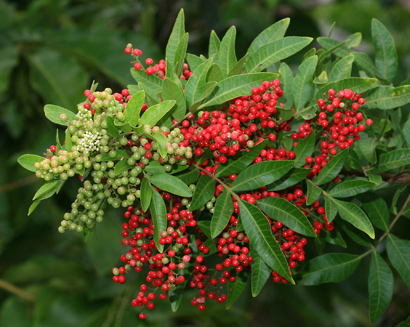
Newsletter 23 January 2012 Eat The Weeds And Other Things Too

Brazilian Pepper Tree Mlalazi Estuarine Floodplain Inaturalist
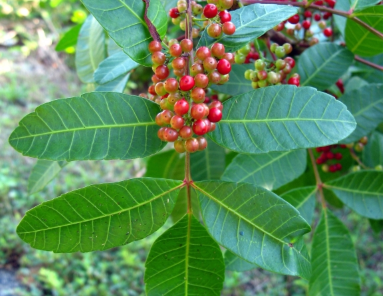
Invasive Plant Spotlight Brazilian Pepper U S National Park Service
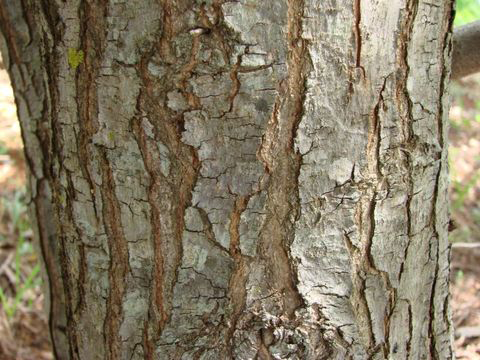
Brazilian Pepper Tree Facts And Health Benefits

Brazilian Pepper Tree Mlalazi Estuarine Floodplain Inaturalist
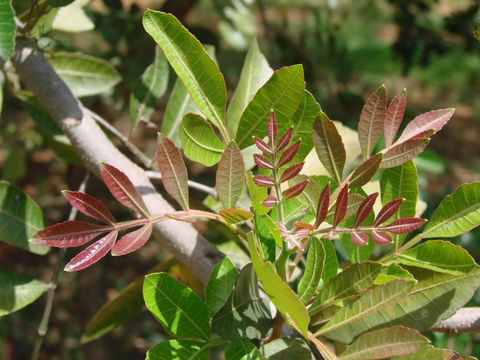
Brazilian Pepper Tree Facts And Health Benefits
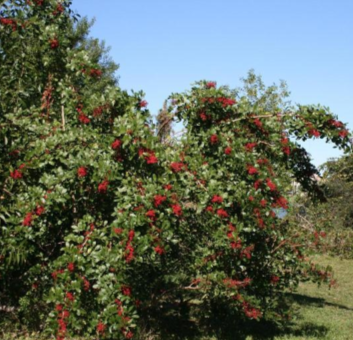
Invasive Plant Spotlight Brazilian Pepper U S National Park Service
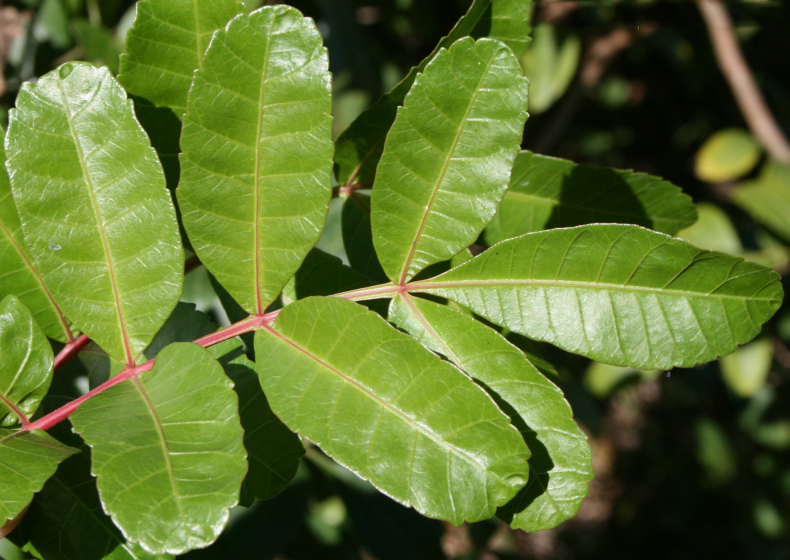
Brazilian Pepper Tree Facts And Health Benefits
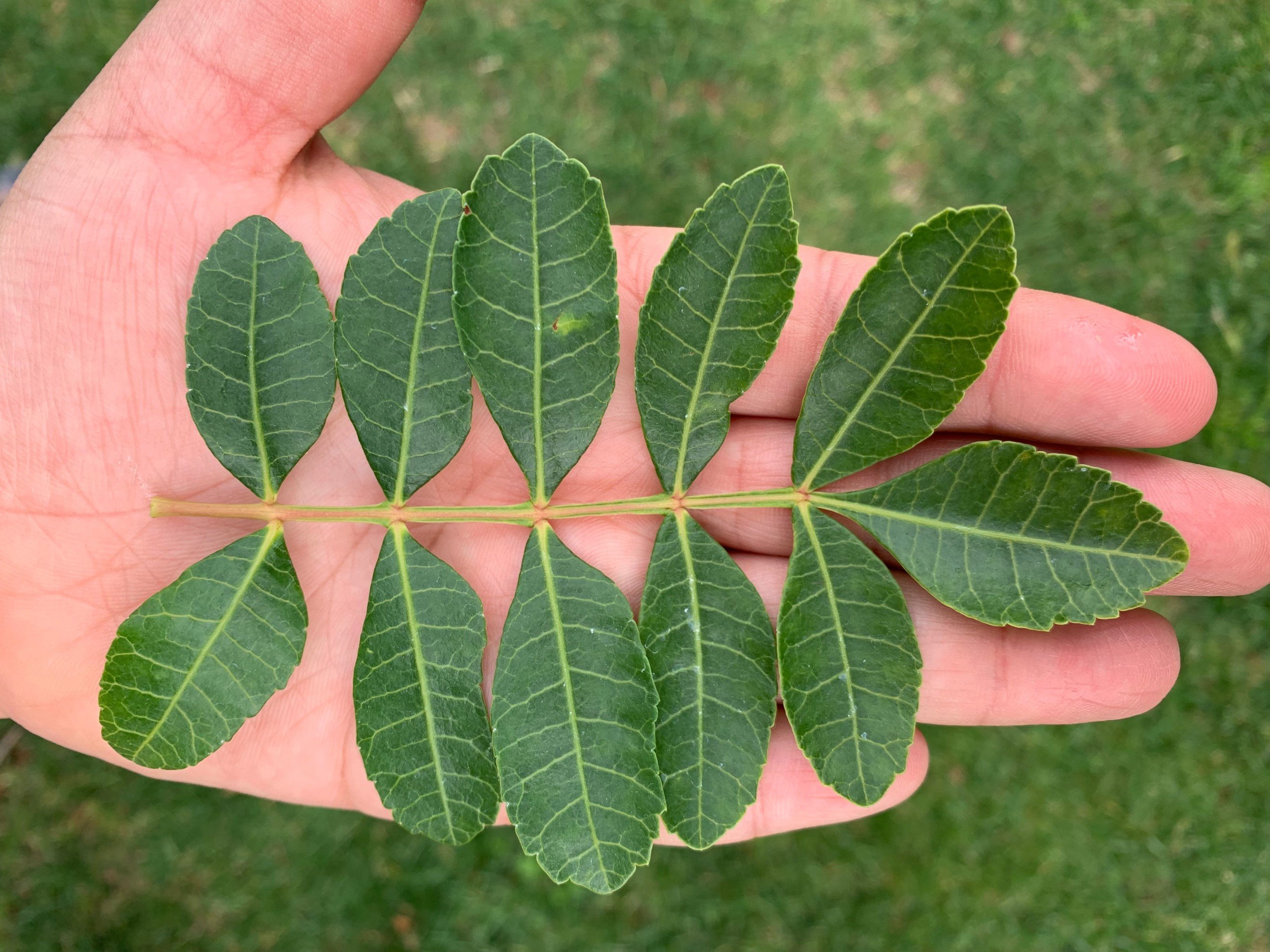
Brazilian Pepper University Of Redlands
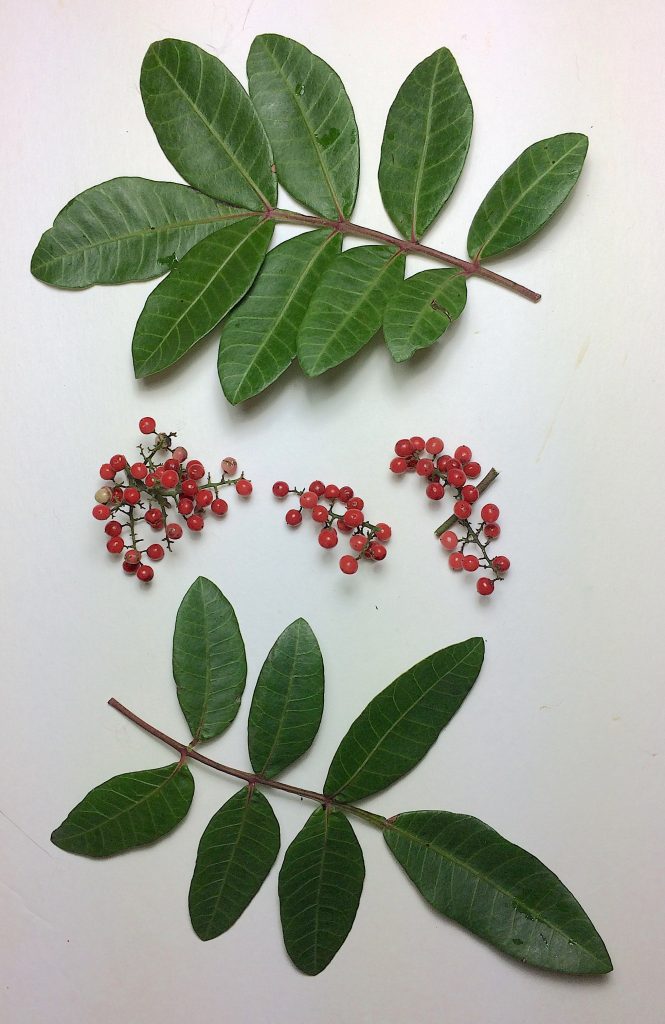
Alternative Pepper Or Brazilian Pest Eat The Weeds And Other Things Too
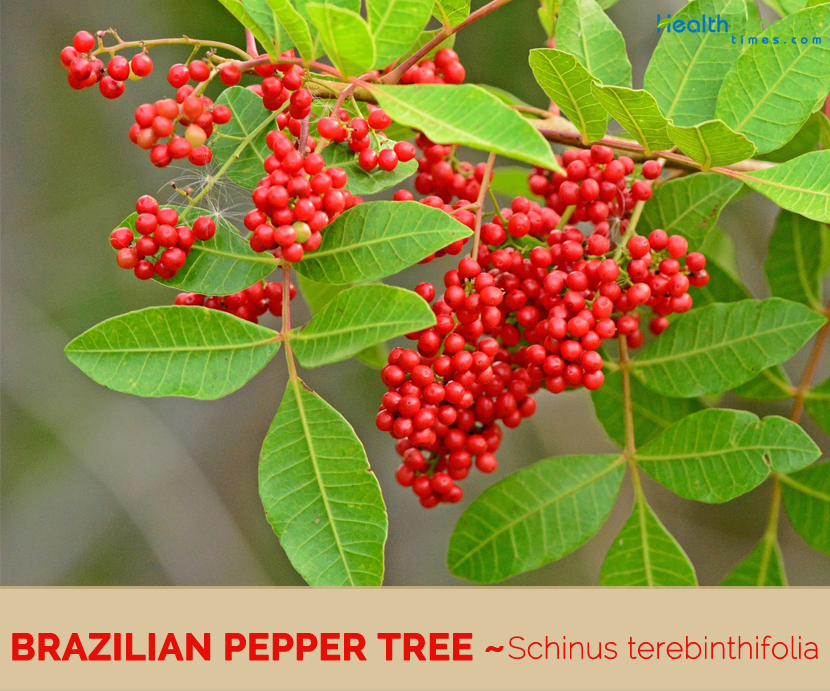
Brazilian Pepper Tree Facts And Health Benefits
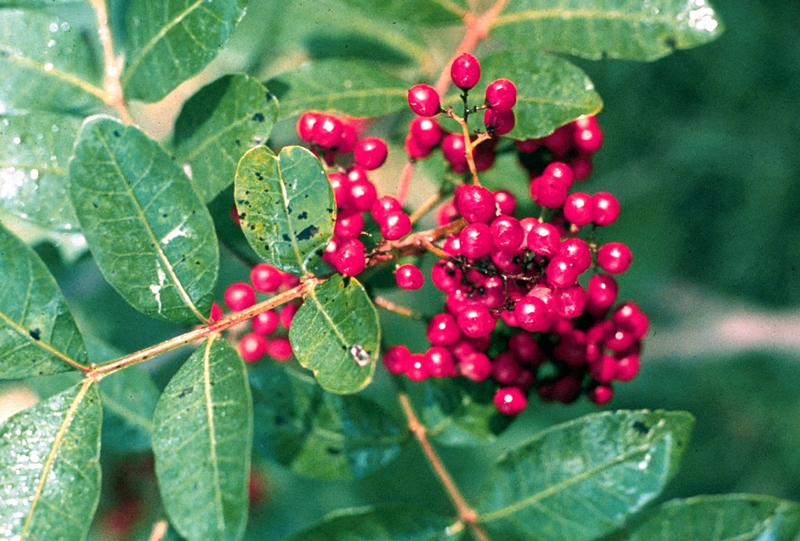
Brazilian Pepper Composting And Mulch Good Or Bad The Survival Gardener

Florida Researchers Use Pests To Help Control Pesky Brazilian Peppertree Plant Npr

Brazilian Pepper Trees Form Dense Forests That Exclude All Other Plant Life
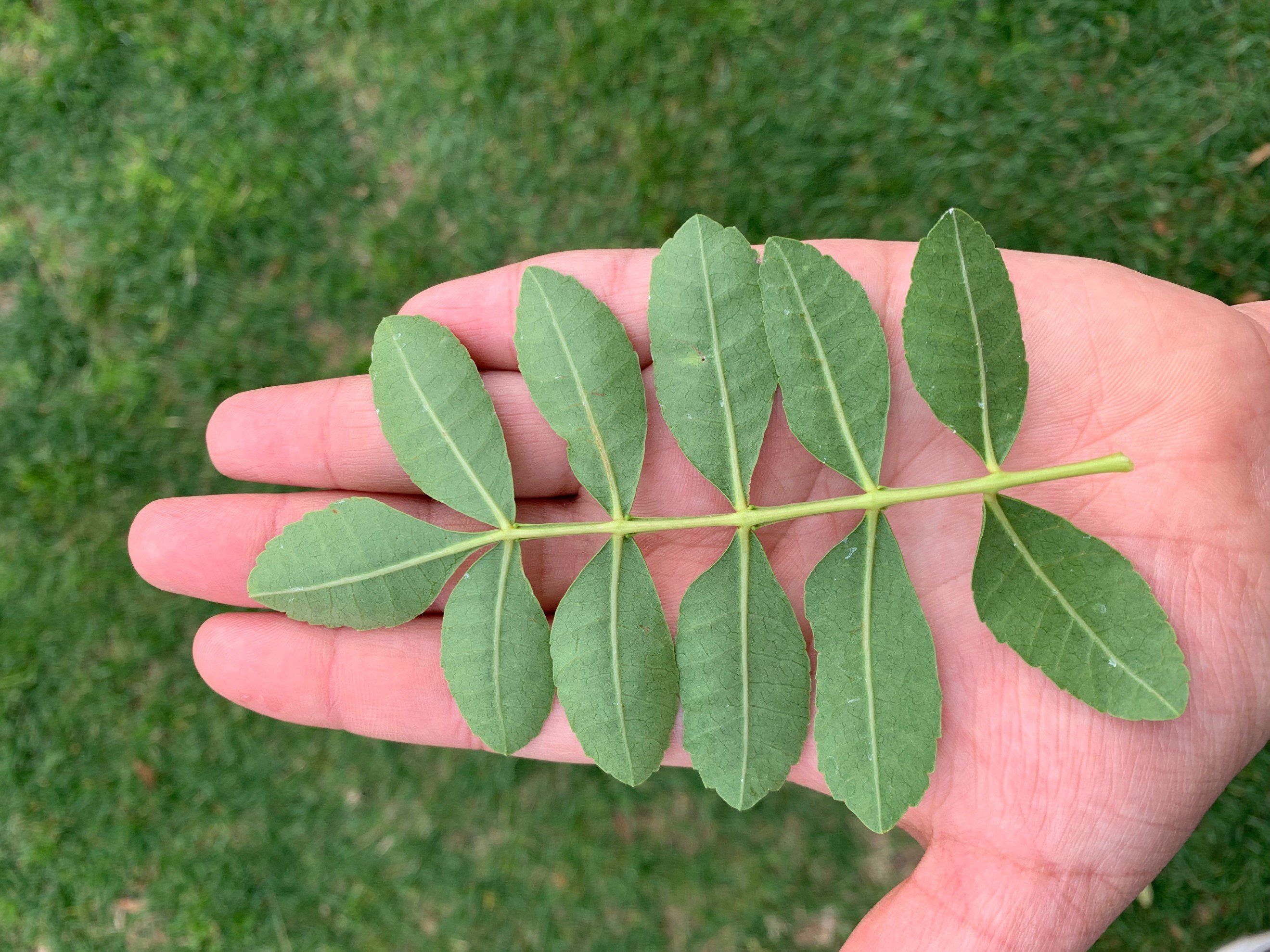
Brazilian Pepper University Of Redlands
